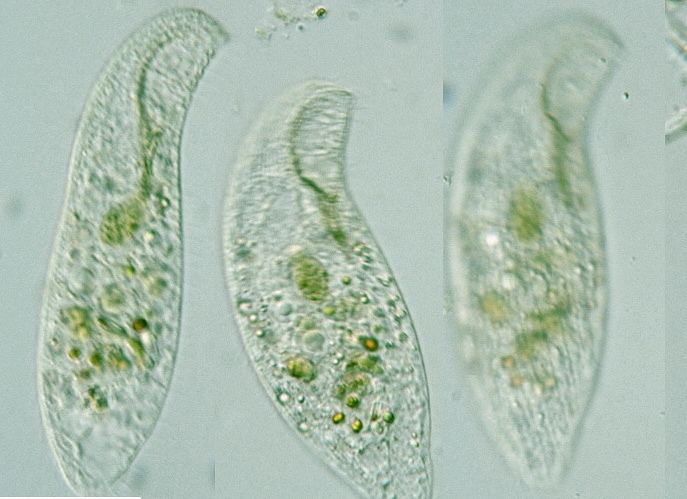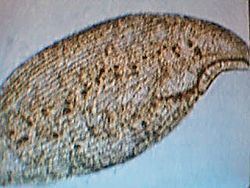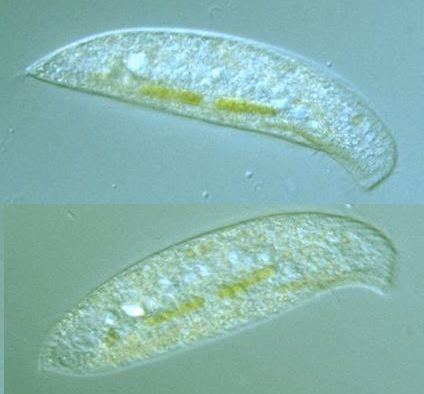Domain Eukaryota Higher classification Ciliate Rank Class | Subphylum Postciliodesmatophora Phylum Ciliophora | |
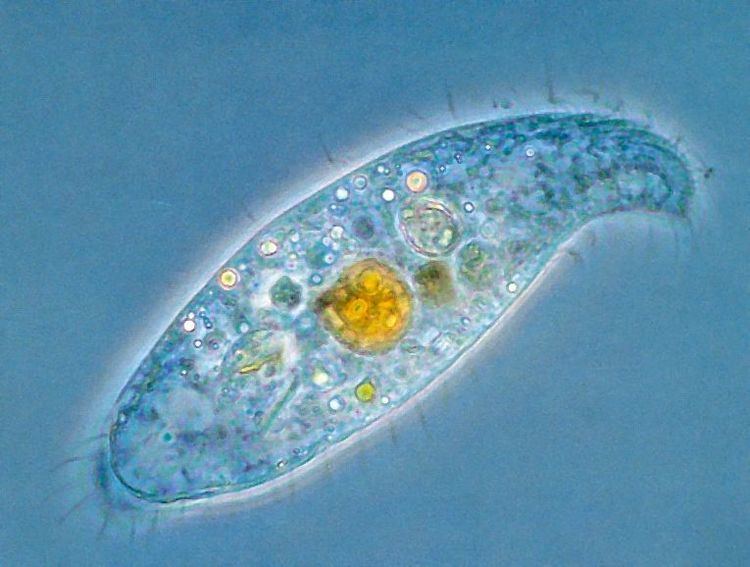 | ||
Similar Ciliate, Nassophorea, Phyllopharyngea, Heterotrich, Colpodea | ||
Karyorelictea is a class of ciliates.
Contents
The majority of karyorelict taxa are unculturable, although clonal lines of Loxodes have been developed.
Systematics
According to Lynn (2008), the Karyorelictea class is divided into three orders:
These three orders were defined morphologically, and have been confirmed with molecular phylogenetics.
Nuclei dimorphism
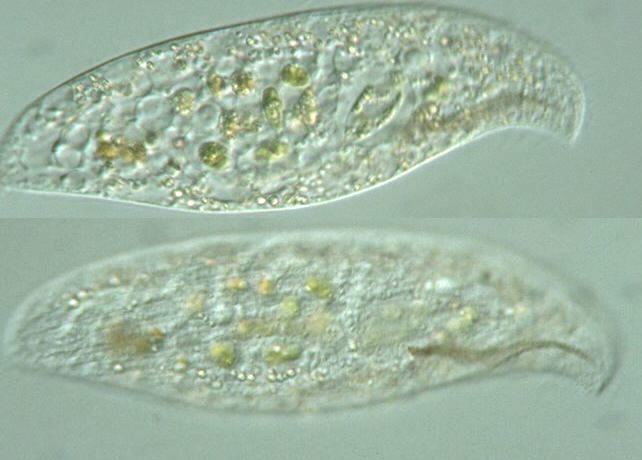
All ciliates possess multiple dimorphic nuclei which have separated the functions of protein synthesis, performed by the macronuclei or somatic-nuclei, and heritable DNA replication, performed by the micronuclei or germ-line nuclei. Members of the class Karyorelictea are characterised by an inability to replicate the macronucleus, a process called amitosis, which must be re-synthesized from the micronucleus every cell division.
Etymology
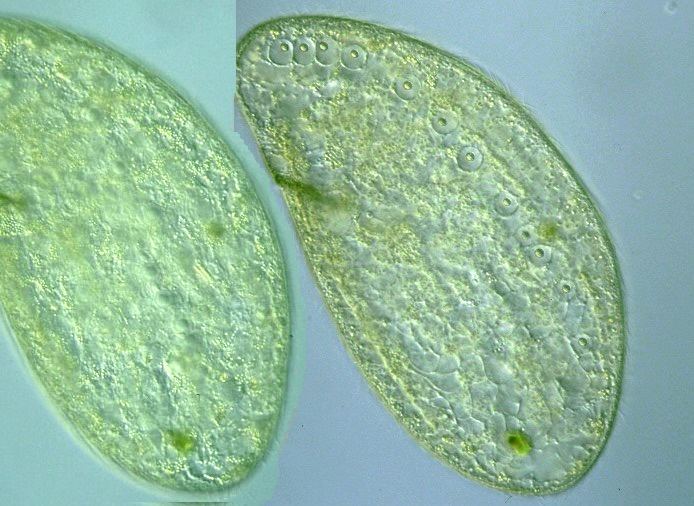
The term karyorelict derives from the ancient greek κάρυον (káruon), meaning "hard-shelled seed, or nucleus", and Latin relictus, meaning 'abandoned', because of the inability of these ciliates to replicate the somatic nucleus.
Alternative genetic code
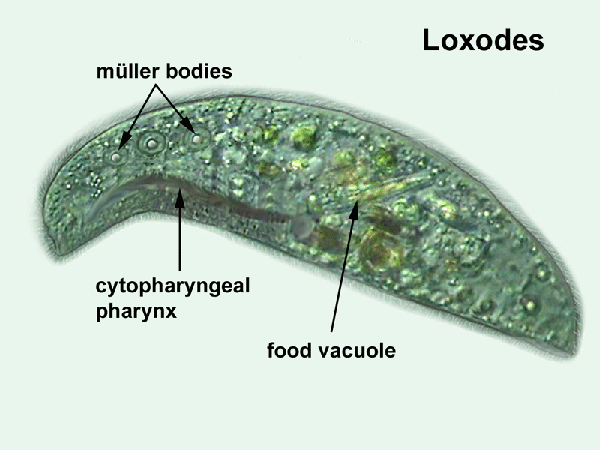
An alternative genetic code is used by the nuclear genome of some karyorelictid ciliates (e.g., Parduczia sp.). This code corresponds to translation table 27 and involves the reassignment of three codons:
UAA into Gln (Q) ;UAG into Gln (Q) ;UGA into Trp (W) or Termination (*).